Clouds
Clouds are tiny but visible liquid water droplets and ice crystals suspended in the air. They form from water vapor, the invisible gas phase, present in the atmosphere. Clouds interact with incoming sunlight and outgoing thermal radiation from the Earth’s surface and play a key role in Earth’s energy budget.
Cloud Types
Clouds have formed in the Earth’s atmosphere for as long as our planet has had liquid water, and humans have been observing and pondering them since we evolved. Being off the ground, they are challenging to study. In 1802, Luke Howard, a dedicated amateur meteorologist, published an article that gave names to the familiar shapes and elevations of clouds. He noticed that there were three basic shapes of clouds: cumulus (Latin for ‘heap’), stratus (Latin for ‘layer’), and cirrus (Latin for ‘curl of hair’).
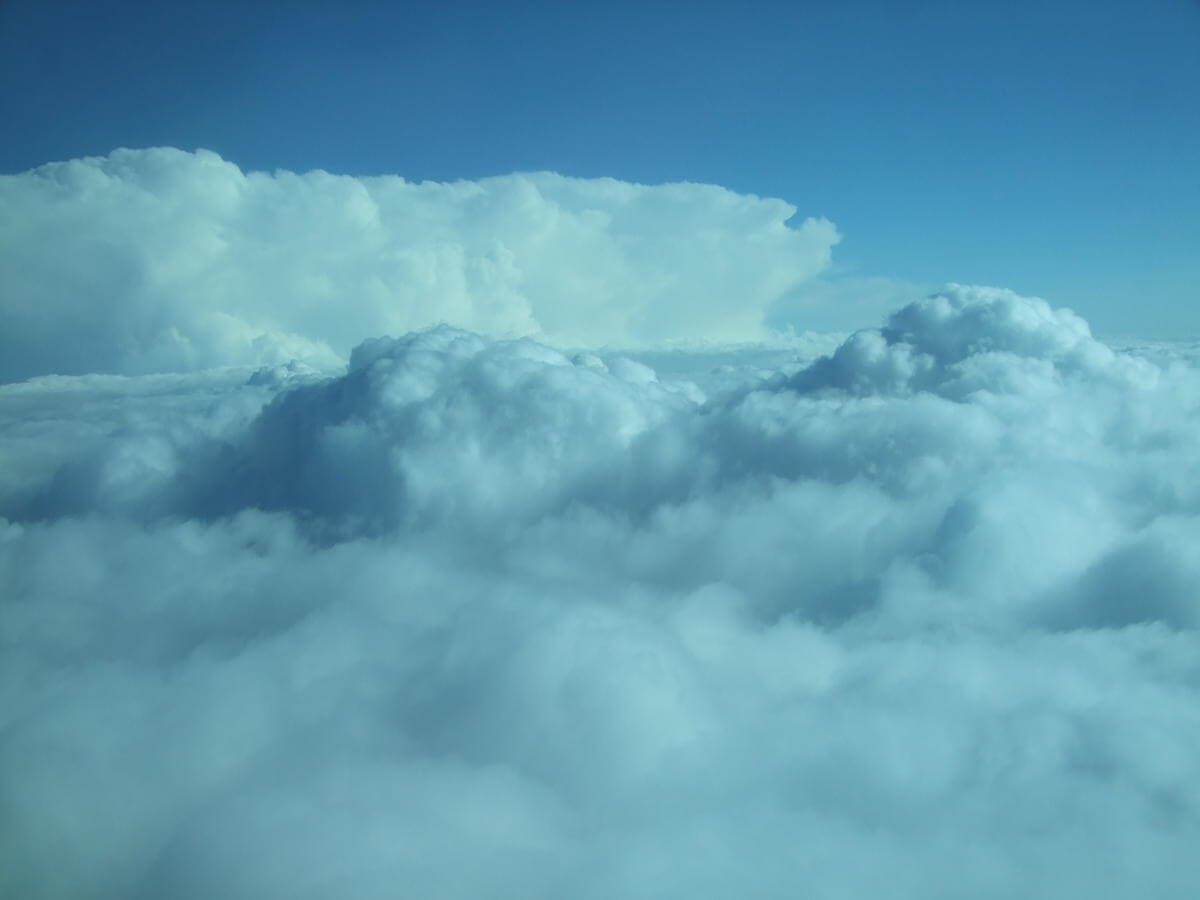
The photo was taken near the top of a developing cumulonimbus cloud. These are the clouds that often produce thunderstorms.
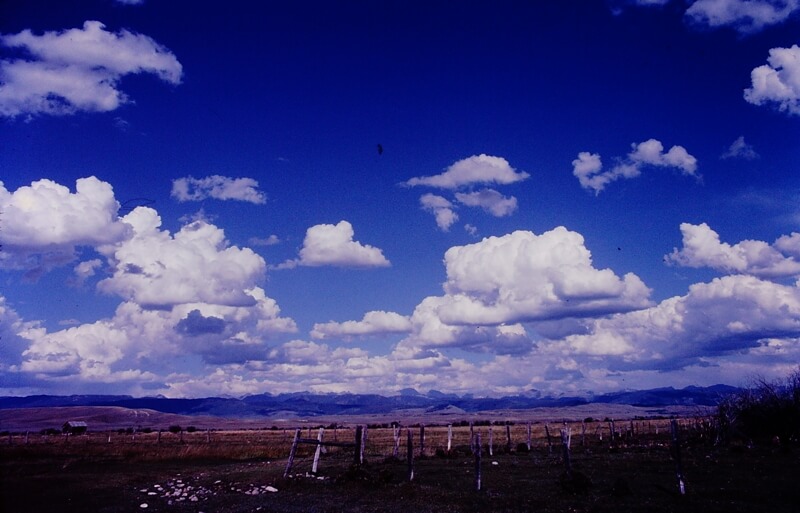
Cumulus clouds look like tufts of cotton floating in the sky.
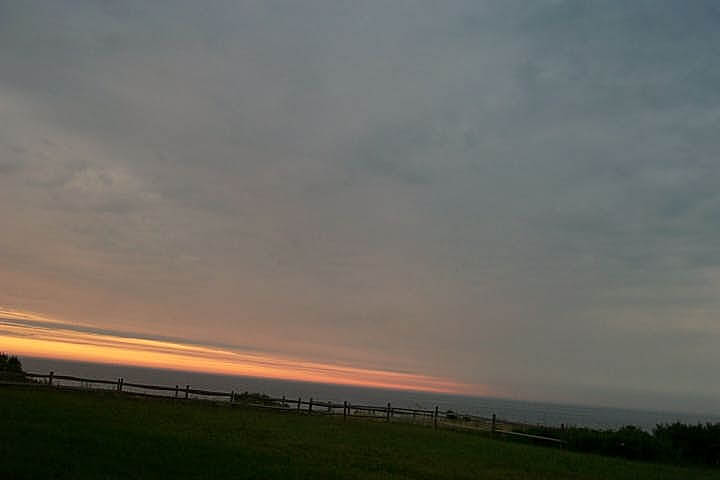
Stratus are nearly featureless layers of clouds.
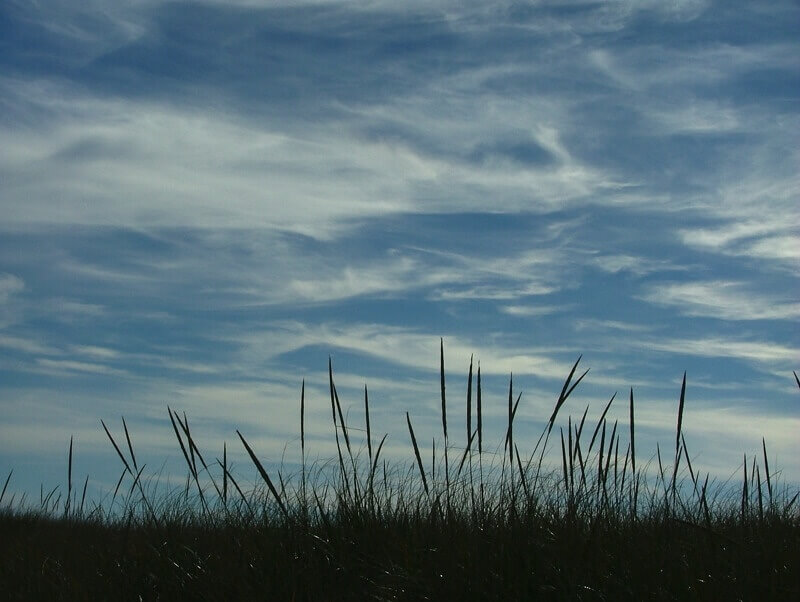
Cirrus clouds look like wisps of hair floating in the sky.
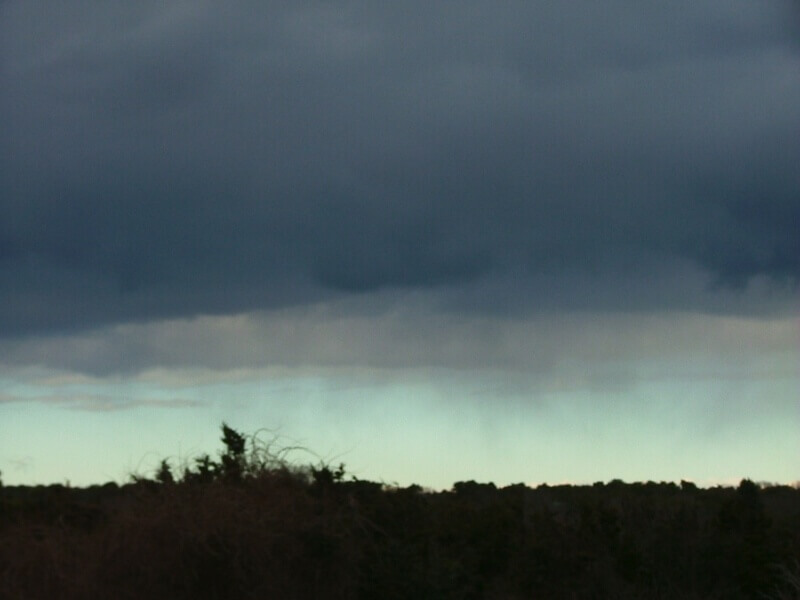
Clouds that have rain falling from them include the word ‘nimbus.’ These clouds are nimbostratus. The photo at the top of the page was of a cumulus cloud with rain falling from it, so it’s called a cumulonimbus.
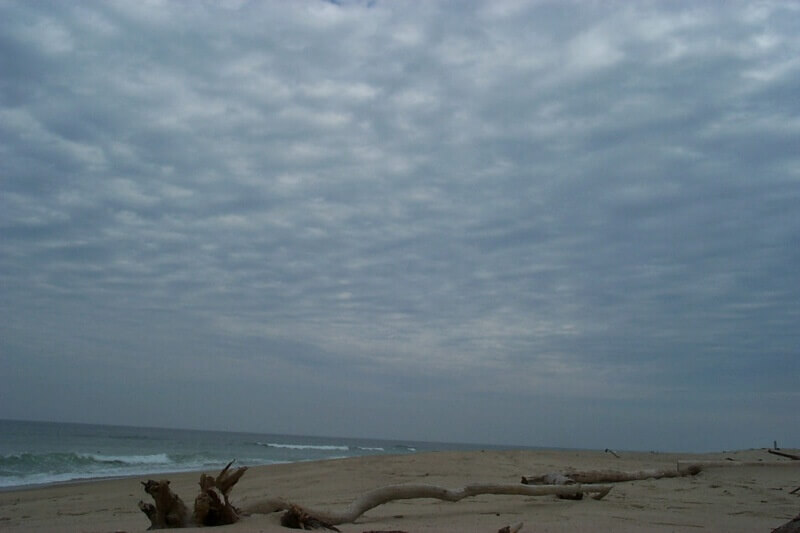
Clouds may be a combination of heapy and layered, so they are stratocumulus.
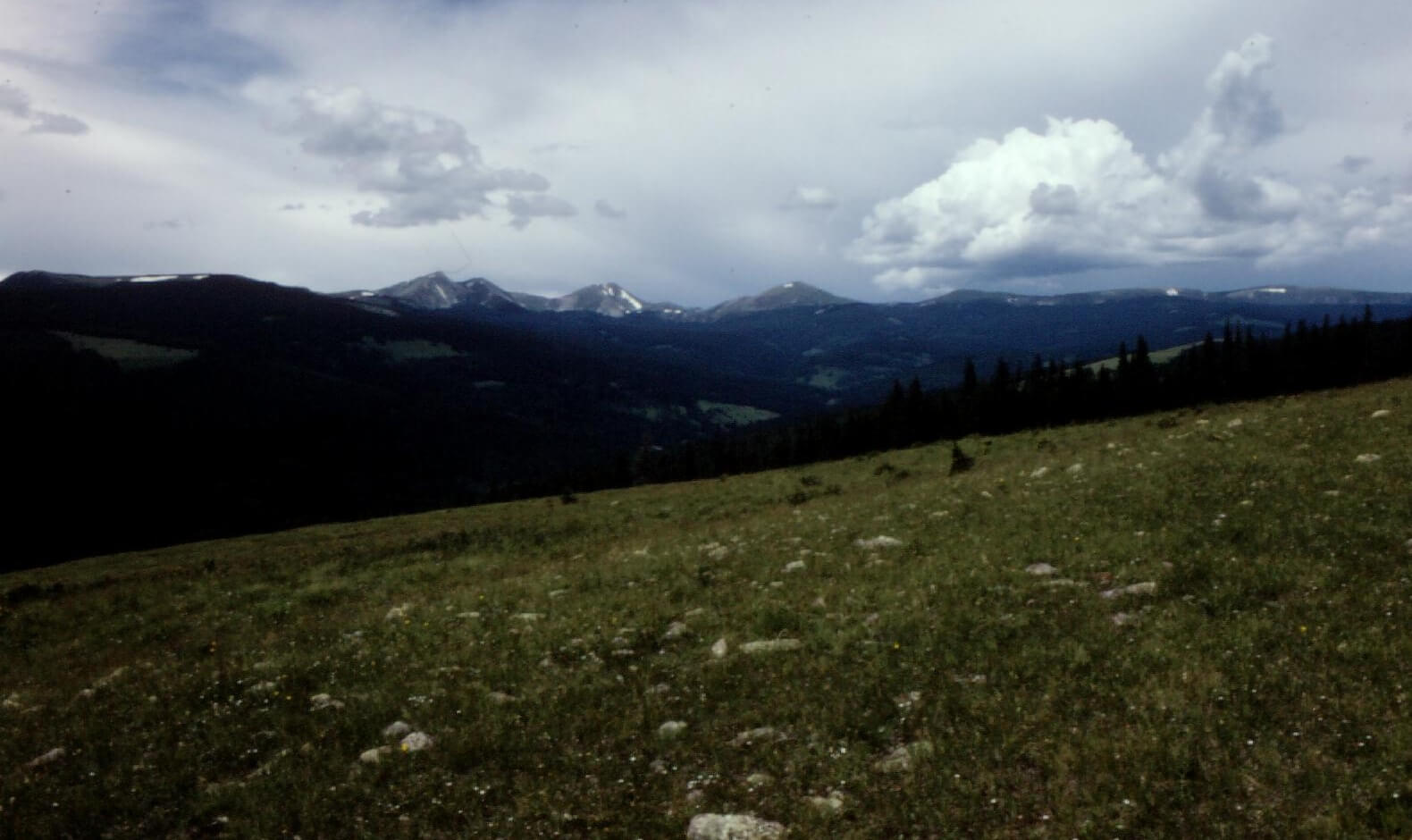
Clouds may exist at several levels of the troposphere at the same time. In this image, there are cumulus and altostratus (stratus in the middle level of the troposphere – see the section below).
Howard also divided the troposphere into three levels and used prefixes to indicate the cloud’s altitude. ‘Cirro’ is the highest level of clouds. If they are cumulus in shape, they are cirrocumulus, and if stratus in nature, cirrostratus. Since cirrus form at this level, the prefix is omitted. Middle-level clouds have ‘alto’ as their prefix. Low-level clouds were typically cumuliform or stratiform, so they don’t have a prefix.
Cloud Resources
There are many excellent online cloud atlases: NASA’s S’Cool, UCAR, and the UK Met Office are excellent starting places.
| Level | Common Clouds |
|
High Clouds 5 – 13 km (16,000 – 43,000 ft) |
Cirrus, Cirrocumulus, Cirrostratus |
|
Middle Clouds 2 – 7 km (7,000 – 23,000 ft) |
Altocumulus, Altostratus |
|
Low Clouds 0 – 2 km (surface – 7,000 ft) |
Cumulus, Stratus, Stratocumulus, Nimbostratus |
| Extending Between Levels | Cumulonimbus |
Make Your Cloud
Before diving into details of how clouds form, explore the physical processes that make clouds with this series of hands-on, inexpensive experiments. It is a fantastic feeling to hold a cloud in your hand!
These activities introduce an important concept that helps meteorologists study the atmosphere: air parcels. Vertically moving air doesn’t readily mix with the surrounding air, so we call these rising and sinking entities of air ‘parcels.’
Materials
- 2 clear, dry plastic 2-liter soda bottles with caps.
- Matches and/or incense stick
- Warm water
- LCD thermometer (suggested 58-88ºF range)
- Food dye
- Optional: gloves
Experiment #1: Squeezing Dry Air
- Place the LCD thermometer into a dry bottle and cap the container.
- Hold the bottle so you can see the face of the thermometer and squeeze the bottle with your hands. How does temperature change? How many degrees?
- When you release the bottle, what happens to the temperature?
- Are your hands warming the air? Put gloves on before squeezing the bottle. Does it make a difference?
- Are you surprised with how hard it is to squeeze air? What if you took the cap off and squeezed? Aim the open bottle toward your face as you squeeze. Is it hard to push air around?
- Is the volume decreasing when you squeeze the capped bottle? Design an experiment to show that it is. If you are ingenious and detailed, you will be able to measure the bottle’s volume as you squeeze it.
- Did a cloud form during any of these steps?
Experiment #2: Squeezing Water
- Fill a bottle completely. If possible, let the water stand for 24 hours to remove any dissolved gases.
- When you squeeze the capped bottle, does the volume change?
- Water is incompressible with the pressure you can create, so the volume of the bottle doesn’t change. Compare your observations to squeezing air.
Experiment #3: Squeezing Humid Air
- Rinse bottle using in experiment #2 with warm water, swirl the water around the bottle before pouring out. Leave a small bit of water in the bottle.
- Do not use the thermometer.
- Cap, squeeze, and release. Does a cloud form during any of these steps?
Experiment #4: Squeezing Dry Air and Smoke
- Use the dry soda bottle used in experiment #1, light a match or incense for a few seconds, blow it out and put the smoking stick inside the horizontally held bottle. If using lit incense, stick the smoking tip inside the tilted bottle for several seconds. Two people are needed for this step. SAFETY: Be very careful using matches so that no one gets burnt and nothing catches fire. Soak the matches in water before disposing of them.
- Cap, squeeze, and release. Does a cloud form during any of these steps?
Experiment #5: Squeezing Humid Air and Smoke
- Rinse bottle with warm water, swirl the water around the bottle before pouring out. Leave a small bit of water in the bottle.
- Add smoke as done in experiment #4.
- Cap, squeeze, and release. Does a cloud form during any of these steps?
Summarize what you have observed through Experiments 1-5. What components and processes create clouds?
Experiment #6: Clouds be Free!
- Once a cloud has formed, what will happen when you uncap the bottle? Will it float away? Will it evaporate?
- What happens when you gently squeeze the uncapped bottle?
- How do these results relate to clouds moving in the sky?
Experiment #7: Making a Colored Cloud(?)!
- Repeat Experiment #5, but this time add food dye to the water.
- What color is the cloud that forms?
- How do these results relate to clouds that form over the salty ocean?

0 Comments